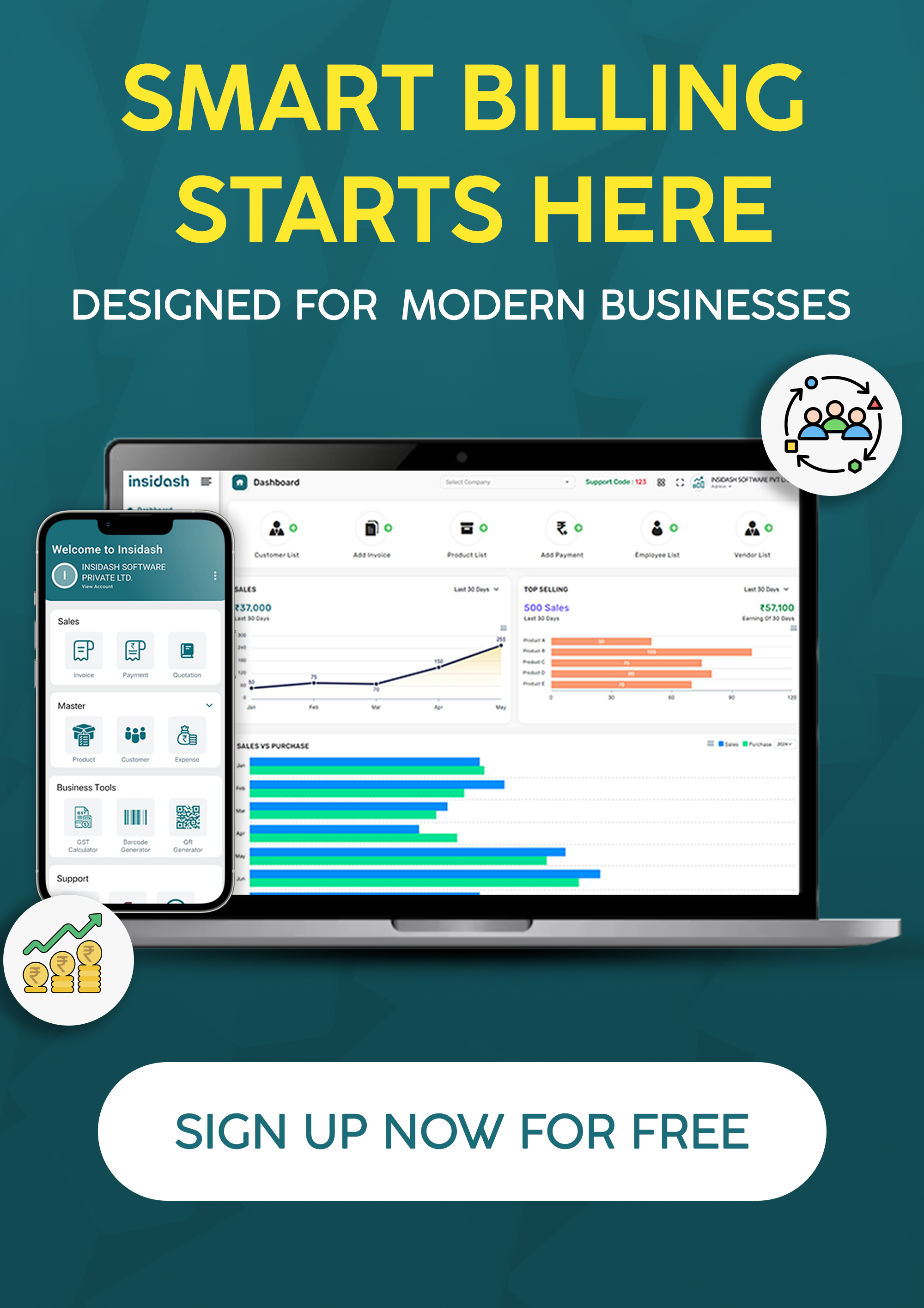Table of Contents1. Introduction 2. Core Billing & Invoicing Automation 3. Accounts Receivable & Collections Automation 4. Financial Management & Reporting Automation 5. Conclusion |
|
Introduction
Running a business involves a lot of financial paperwork from sending invoices and collecting payments to tracking taxes and generating reports. Doing all this manually is time-consuming and can be full of errors. That’s where billing automation comes to the rescue.
Modern tools have so many automated billing software features that can simplify and speed up the billing cycle. These systems are smart enough to handle routine tasks which free up your time so you can focus on growing your business.
In this blog, we’ll look at 10 essential billing software automation tasks that you can set up today to save time, reduce errors and improve cash flow.
Core Billing & Invoicing Automation
Automated Invoice Generation and Delivery
Imagine never having to manually create or send another invoice. With automated invoice generation, your billing software can create invoices automatically when a service is completed or when a subscription renews. It pulls customer data, service details and pricing automatically, calculates totals and sends the invoice straight to the client.
This is one of the most useful automated billing software features 2025, as it makes sure every invoice is accurate and sent on time.
Recurring Billing and Subscription Management
If your business runs on subscriptions or retainers then recurring billing automation is a must. Your billing system can automatically charge customers on a set schedule like monthly, quarterly or annually and handle renewals, upgrades, downgrades and proration automatically.
This not only makes billing seamless but also provides customers with a smooth and consistent experience.
Automated Tax and Compliance Calculations
Tax calculations can get tricky especially if you sell across regions or countries. Modern billing software automatically applies the right taxes (like VAT, GST or sales tax) based on the customer’s location. It can even generate compliance-ready documents for record-keeping.
This helps you stay tax-compliant without the headache of manual calculations.
Real-Time Payment Processing and Recording
No one likes waiting for payments to process. With payment processing automation, your software instantly handles payments through credit cards, ACH transfers or digital wallets and records them immediately in your financial system.
Since it integrates with multiple payment gateways, you can offer customers flexible payment options while keeping your records up to date in real time.
Accounts Receivable & Collections Automation
Automated Payment Reminders
Chasing payments manually can be awkward and time-consuming. With automated payment collection, your system can send gentle reminders before a payment is due and follow up automatically if it’s overdue.
It can even handle cases where a payment fails (like an expired credit card) by sending notifications to update payment details. This automation keeps your cash flow healthy.
Automated Cash Application and Reconciliation
Matching every payment to the right invoice used to be a tedious manual task. Now, billing software with workflow automation can do this automatically. It matches incoming payments to open invoices in real time which make sure your books are always up to date.
This eliminates manual data entry and speeds up your month-end closing process, a huge time-saver for finance teams.
Credit Card Tokenization and Storage
Security is key when dealing with customer payments. Modern billing systems use credit card tokenization which means they store sensitive payment information in a secure, encrypted format.
This not only protects customer data but also allows for quicker, future transactions since payment info doesn’t need to be re-entered every time. Plus, it keeps your business compliant with PCI standards.
Financial Management & Reporting Automation
Automated General Ledger Sync
If you’ve ever exported and imported financial data between systems, you know how time-consuming it can be. With billing software with workflow automation all billing data invoices, payments and revenue can automatically sync with your accounting or ERP system.
This makes sure that your financial records are always accurate and removes the need for manual updates.
Automated Financial Reporting and Analytics
Having access to real-time financial insights is important for smart decision-making. With real-time financial reporting automation, you can instantly generate reports on key metrics like cash flow, Days Sales Outstanding (DSO) and customer aging.
Modern systems even offer customizable dashboards where you can visualize trends and performance data at a glance. This level of insight helps you make faster and data-driven business decisions.
Customer Self-Service Portal Management
Customers today prefer convenience. A self-service portal allows them to view their invoices, update payment methods and pay online anytime, anywhere.
This reduces inbound support queries and gives customers more control over their billing. It’s another excellent example of how automated billing software features 2025 are designed with both businesses and customers in mind.
Conclusion
Automation isn’t just about saving it is about creating smarter, smoother and more efficient financial processes. With the right tools, you can eliminate repetitive tasks, reduce human error and improve customer satisfaction.
The benefits of billing automation software go far beyond convenience, they help your business scale with confidence and maintain financial clarity at every step.

